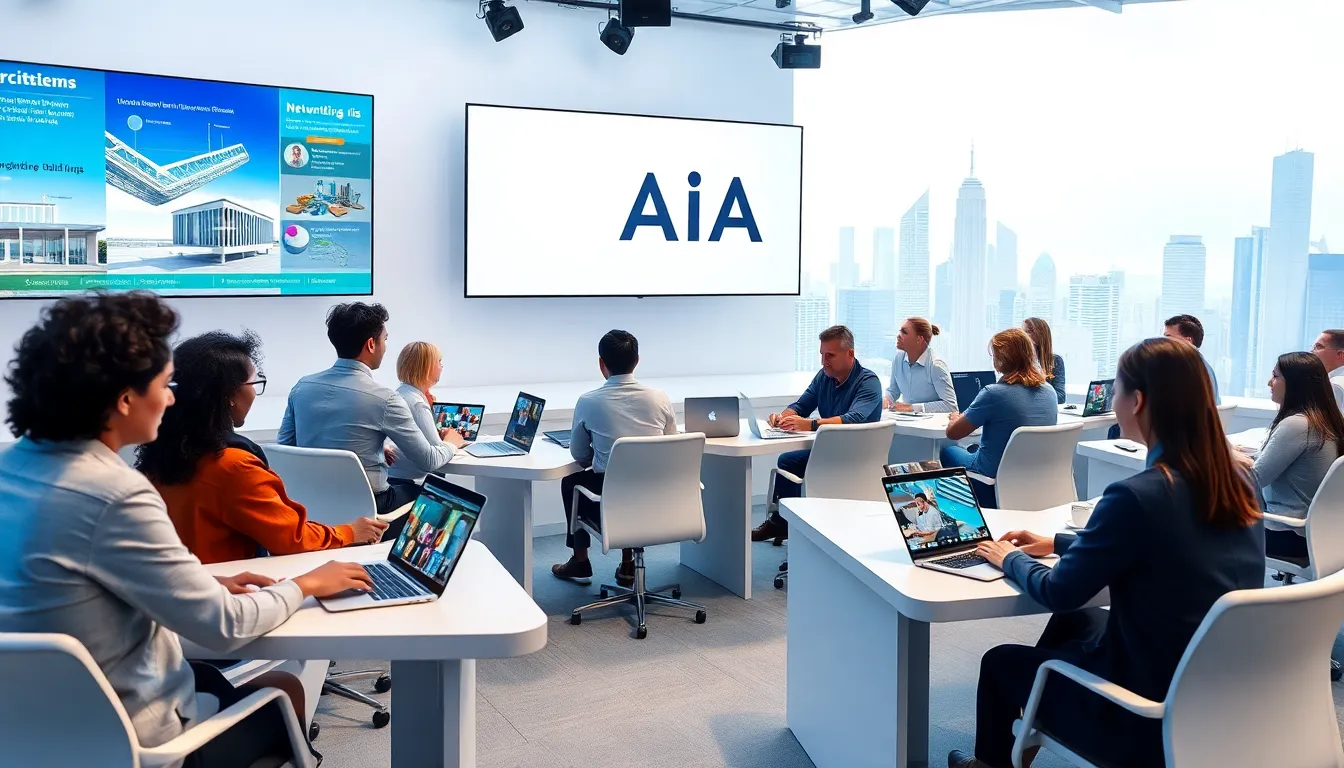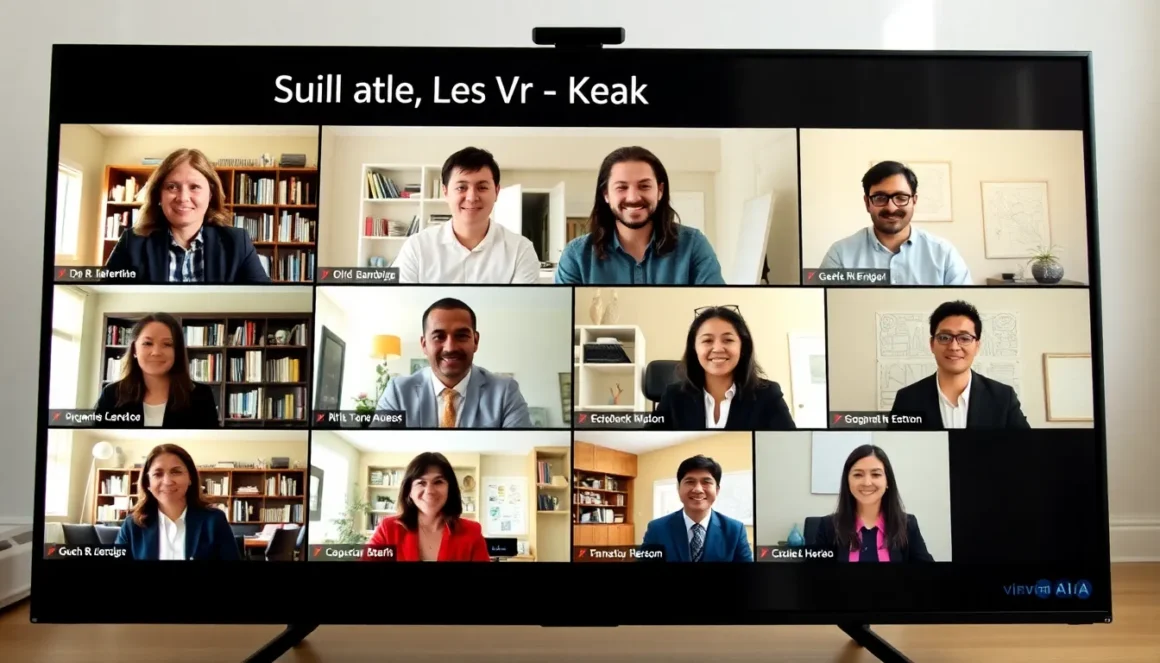In a world where virtual coffee breaks and online meetings have us wondering if we’ll ever see actual sunlight again, the Daniel R. Locke Virtual AIA shines brightly. Imagine networking, learning, and collaborating from the comfort of your couch, sounds appealing, right? This innovative program is re-defining how architects connect and share knowledge, and we’re here to unpack just how it’s doing it. So grab your favorite drink, get cozy, and let’s jump into the world of virtual architecture associations, but don’t worry, there’s no need for hard hats.
Daniel R Locke Virtual AIA

The Evolution of AIA in Virtual Settings
Gone are the days when architects were bound by the physical walls of conference centers. The architecture world has embraced technology, and Virtual AIA is leading the charge. Initially, AIA events catered primarily to face-to-face interactions, which were great but limited. With the onset of the pandemic, many organizations pivoted to online formats. Now, Virtual AIA offers a hybrid that incorporates the best of both worlds, bringing together professionals from different time zones and backgrounds without the need for jet lag.
Benefits of Virtual AIA Participation
Participating in the Virtual AIA comes with numerous perks. The convenience of attending from anywhere allows more professionals to join in without the burden of travel expenses. Participants enjoy diverse sessions that cover everything from design innovation to sustainability practices. Plus, there’s the advantage of recorded sessions. Missed a workshop? No problem. You can catch up at your convenience.
Key Features of the Daniel R. Locke Program
Networking Opportunities
One of the standout features of the Daniel R. Locke Program is its focus on fostering relationships within the architectural community. Virtual networking sessions play a crucial role. Attendees can connect through chat rooms and discussion panels, breaking down barriers that once existed in traditional settings. Architects from various regions discuss projects, share expertise, and even forge partnerships, all without leaving their homes.
Educational Resources and Workshops
What’s better than enriching your knowledge while still in your pajamas? The Daniel R. Locke Virtual AIA offers an impressive range of educational workshops designed for architects at all stages of their careers. From emerging trends in sustainable architecture to advanced technology applications, the resources are tailored to equip participants with real-world skills they can carry out immediately.
Success Stories from Participants
Challenges of Virtual AIA Engagement
While the benefits are substantial, it’s essential to address some challenges participants have faced. Not everyone is comfortable with technology, and virtual fatigue can set in quickly. Some architects find it challenging to engage as deeply through screens as they would in person. Sharing ideas during virtual breakout sessions requires a different level of adjustment. It’s about finding the right balance and utilizing the platforms effectively.
Technological Barriers
Another hurdle lies in connectivity issues. Remote areas with weaker internet signals can hinder participation, leaving some architects feeling disconnected. Those frustrating moments of buffering can break the flow of learning and engagement. But, the program is continuously working on solutions, refining the experience to ensure smoother operations.
Maintaining Community and Collaboration
In a virtual setting, fostering a sense of community can be tricky. The Daniel R. Locke Virtual AIA tackles this head-on with interactive forums and community discussion boards. Regular events allow participants to keep the dialogue alive, promoting collaboration among architects. Through these platforms, they share their experiences, challenges, and innovations. It’s about transforming the digital space into a thriving community that echoes the vibrancy of in-person meetings.
Future of Virtual AIA: Trends and Predictions
The future of Virtual AIA seems bright and full of potential. As technology advances, we might see even more immersive experiences, such as virtual reality workshops and 3D modeling sessions, which can enhance interaction. With the growing acceptance of remote work, the Virtual AIA is likely to become a permanent fixture in architectural engagement, making it essential for those in the field to adapt and embrace these changes.

